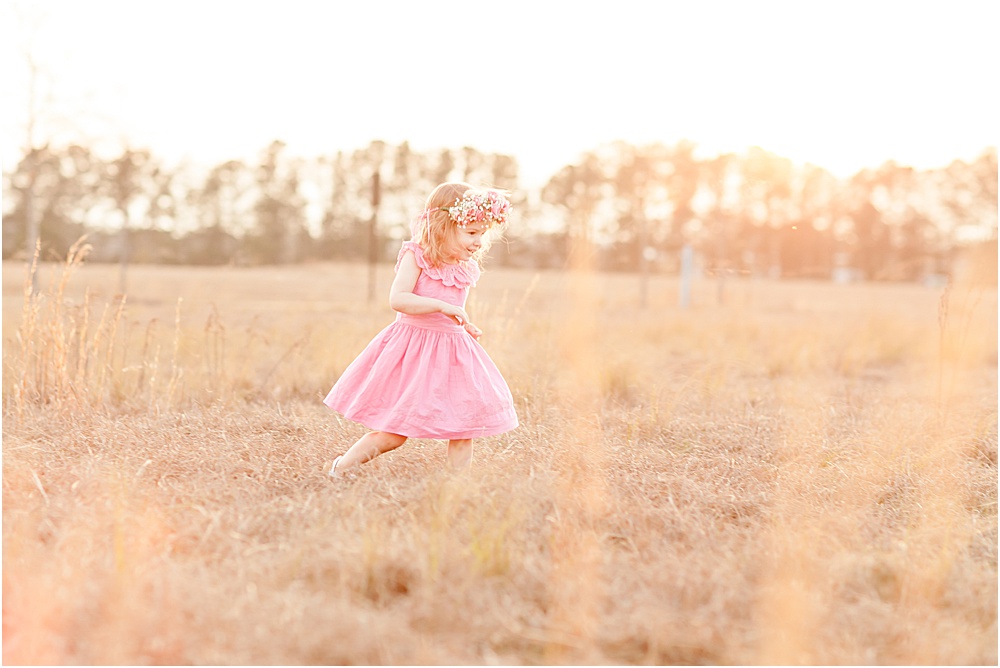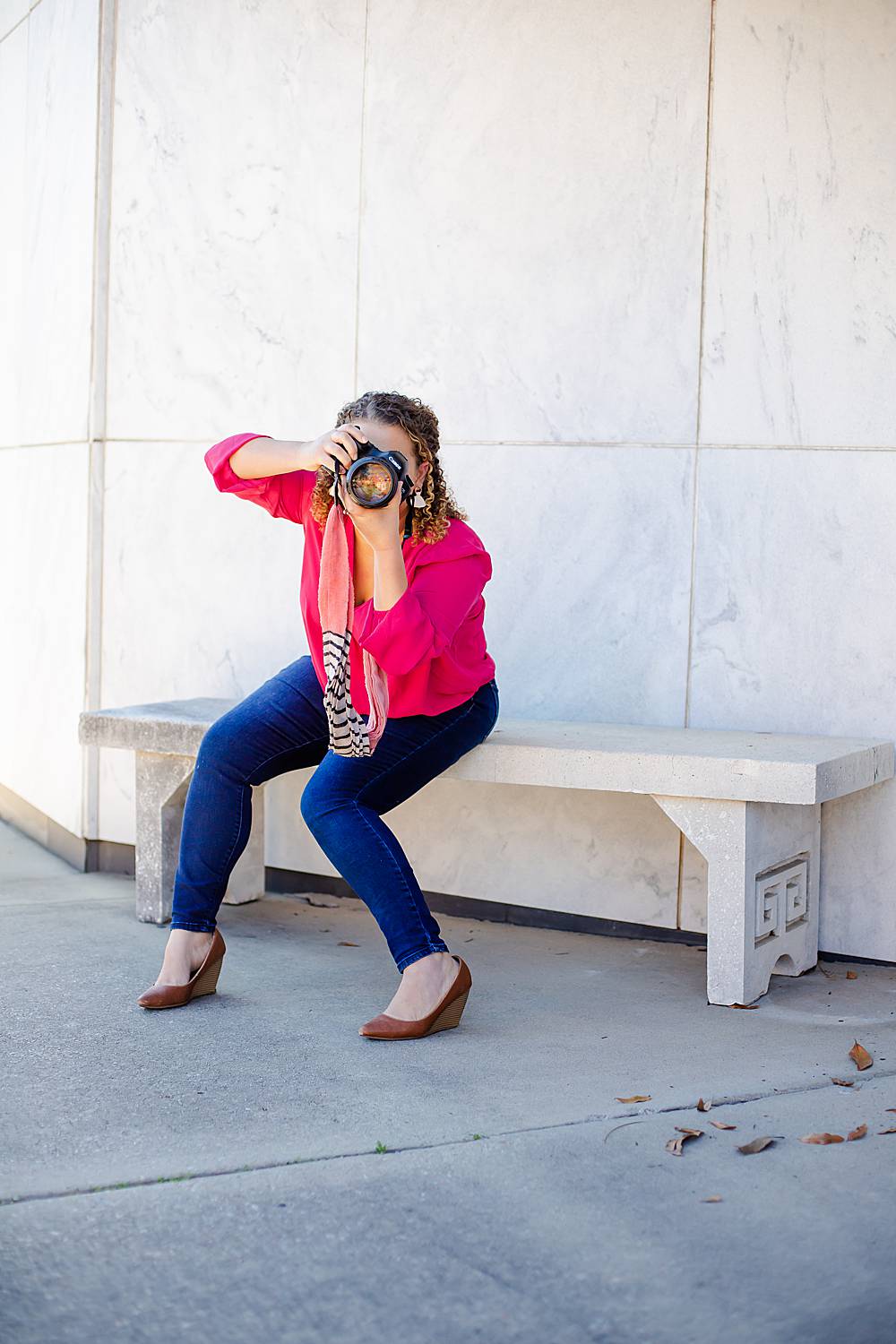So my 4 year old just zoomed past me on her Minnie Mouse scooter, barely missing my foot and her baby sister sitting on the floor. And I swear I just saw a blur fly by outside the back door. Probably my son…or my dog chasing a squirrel. The point is, my house is full of fast moving people (and pets). Sometimes I feel like my husband and I are just sitting ducks in the midst of chaos swirling around us. That’s life with 3 kids and a dog, I suppose.
One of the most important skills I’ve honed as a photographer is how to catch someone moving quickly, whether it’s a toddler running toward me at the beach or a wedding party moving a little too fast back down the aisle after the ceremony. With some things, there are no do-overs, so I had better have caught it the first time.
Today I’m going to share with you how to photograph fast moving kids with your DSLR camera. When we’re done, you’re going to want to get out your camera and chase that wild one of yours.
Shutter Speed
Shutterspeed is how quickly the shutter (the little doors that let light in) open and shut. If your shutter speed is slow, the doors will open and shut slowly, letting in more light. This can be helpful in a dark room, but not so great when you’re trying to catch someone running. If your shutterspeed is fast, the doors will open more quickly, letting in less light, but freezing the action!
So if you know you’re going to be photographing someone who is moving a lot, say, a toddler….keep an eye on your shutterspeed. This is the number that looks like a big fraction on the back of your camera. You may see numbers like 1/50, 1/100, 1/250. The larger the number on the bottom, the faster your shutterspeed. Your camera is telling you just how fast that door is opening and closing. At 1/50, your shutter is moving at 1/50th of a second. That seems fast…but not nearly as fast as moving at 1/250th of a second.
As a general rule of thumb, you want your shutterspeed set to at least the same number as the focal length of the lens you’re using. So if you’re using a 50 mm lens, make sure your shutterspeed is set to at least 1/50. If I’m photographing a child or something else that moves quickly, I like to be extra careful and double the length of my lens. So if I’m using a 50 mm lens, I make sure my shutterspeed is at least 1/100.
TIP: Use Shutter Priority Mode to Photograph Fast Moving Kids
Now you may find that you run into trouble if you adjust your shutter speed to these high numbers, because suddenly you’re letting in a lot less light. Depending on where you’re shooting, your image is probably super dark now. This can be fixed by adjusting the other settings such as aperture and ISO.
But today I’m going to show you a little shortcut to get you started. Think of it as a training wheels setting for your camera.
Let’s practice with the Shutter Priority setting.
Turn that little knob on the top of your camera (the one that let’s you choose, auto, Manual, etc.) until you get to one called Shutter Priority. On my Canon camera, it’s marked with a Tv (I believe Nikon uses an S symbol). When you are in this mode, you are able to control the shutterspeed, but the other settings are automatically controlled by your camera.
This is super handy if catching a speedy object or person is your main priority and also a great way to practice just that skill while not worrying about the other settings.
So go ahead and switch over to that Shutter Priority mode. (If you’re not sure how, a quick Google search using your camera model should answer that for you.) Now find something that’s moving, like a ceiling fan. Let’s experiment with different shutter speed settings. Try 1/50, then crank it up to 1/00, and then 1/250. Notice the difference in your pictures.
After practicing using Shutter Priotity, you should start to get a feel of what different shutter speeds allow you to capture. Take note of the minimum shutter speed that you can use in order to still freeze the motion.
Now you know how to photograph fast moving kids, so go your little wild one and give it a try!
Life moves fast and with a little practice, you can catch tiny pieces of it.
Until Next Time,
P.S.
Want to get to know your DSLR camera a little better? Grab my FREE Starter Kit here.



comments +